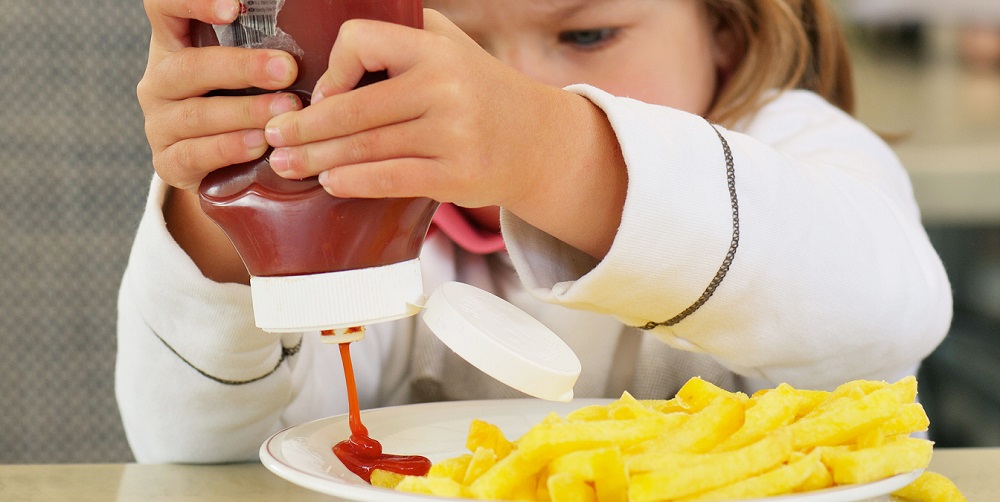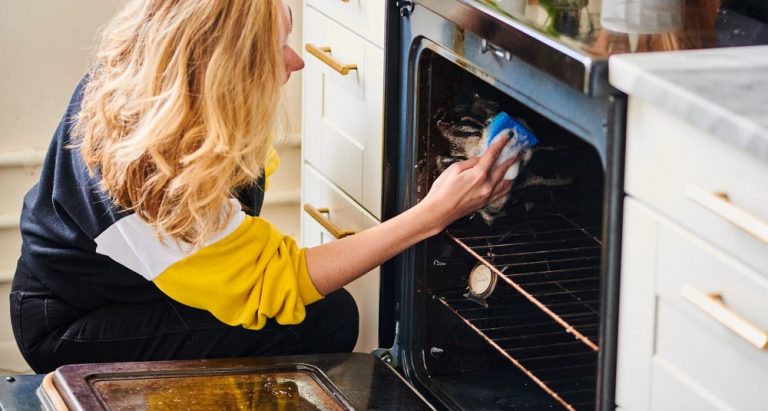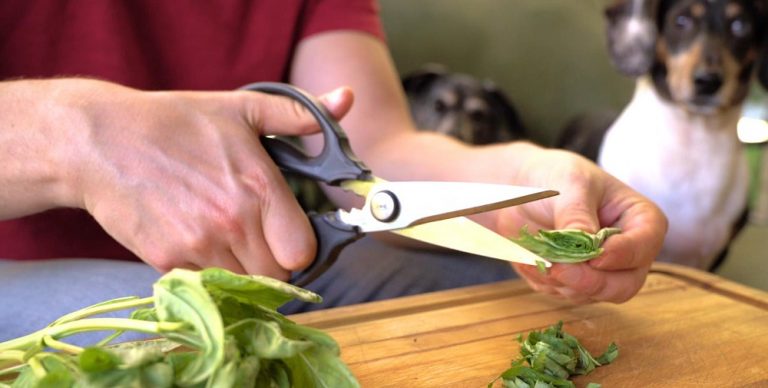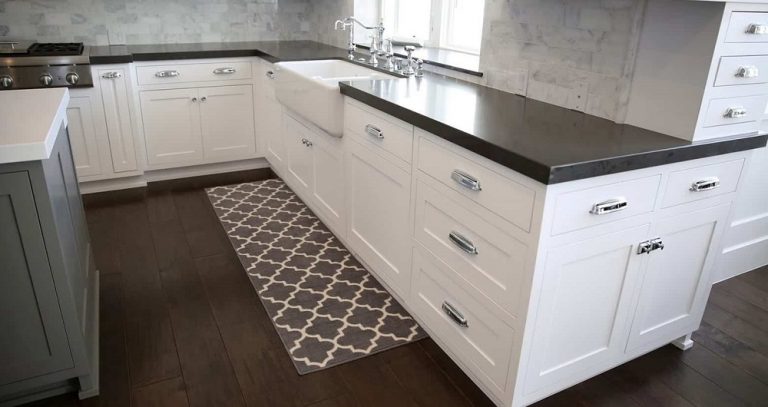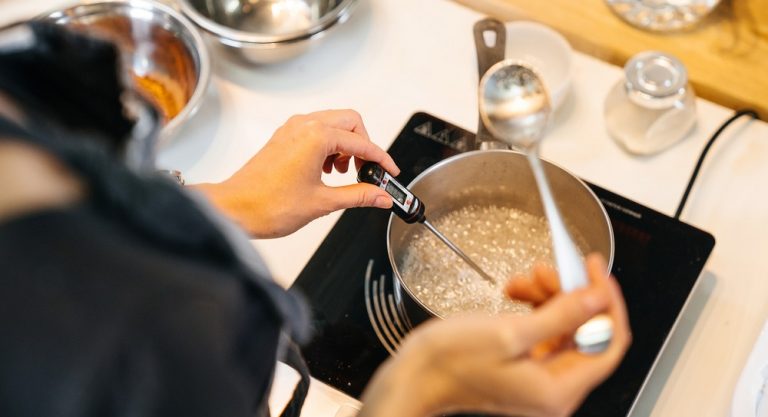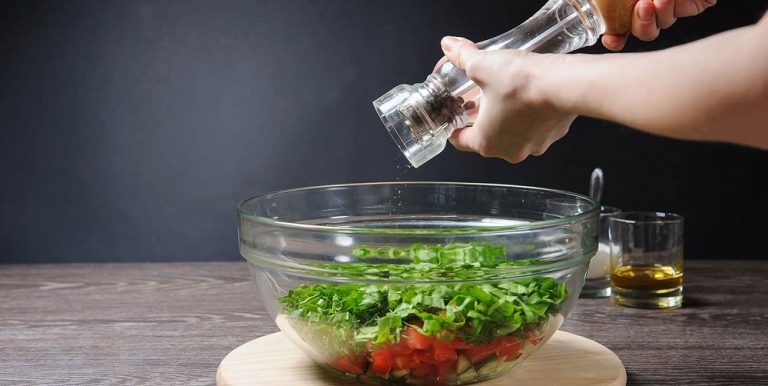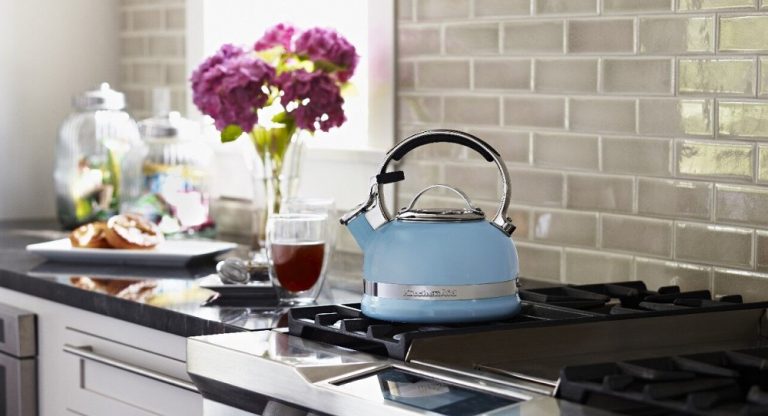Without the caffeine that coffee provides, we’re sure that the world would come to a stop. Coffee is the fuel for many of us and most days would be difficult to face without at least one cup in the morning. Fortunately, most people don’t have to go to a fancy coffee shop and spend a small fortune on a cup of coffee. They can simply fire up their coffee machine and have hot coffee at their fingertips in a matter of moments.
Of course, caffeine isn’t the only reason we all enjoy coffee, now is it? We also like the taste and aroma of coffee. There’s just something special about that first cup of coffee and it can really signal the start of a good day. Unfortunately, the whole experience can be quickly ruined if you get a bad cup of coffee from a dirty coffee maker. That can ruin the whole experience and you can end up drinking a cup of bitter, nasty tasting coffee.
We don’t think anyone should have to deal with funky coffee, so we’ve decided to address the issue head-on. We’ve decided to talk about how you can keep your coffee maker clean and in tip-top condition. That’s why we’re going to talk about cleaning and maintaining your coffee pot so that you can enjoy a great cup of coffee not only this morning but every morning from this point on.
Before we continue dwelling on what it takes to make a great coffee every morning, if you are the adventurous type, consider joining a coffee club. They offer coffee subscriptions, delivering a variety of specialty beans and roasts from around the world to your doorstep. You can also go all out and sign up for a barista course in Melbourne that will give you hands-on practical training.
Cleaning Drip Coffee Makers
It doesn’t matter if you have the best 4-cup coffee maker or the best 12-cup coffee maker, this section applies to you. This section deals with cleaning drip coffee makers, so if you have a single cup coffee maker, you’re going to want to move down to the next section. For everyone with drip coffee makers, let’s talk about how these machines can be kept clean.
[wc_fa icon=”star-o” margin_left=”” margin_right=”10″ class=””][/wc_fa]Step One: Empty The Coffee Pot Completely
The first thing that you should do is to empty out the coffee pot. This should be done when the coffee maker is cool. Make sure to pour out any remaining coffee in the carafe and then remove the filter and the grounds from the machine.
[wc_fa icon=”star-o” margin_left=”” margin_right=”10″ class=””][/wc_fa]Step Two: Clean With White Vinegar Regularly
Although this step doesn’t need to be performed every day or even every week, it does to be done at least once a month. To clean your 12-cup coffee machine, add 3-cups of white vinegar to the machine and 6-cups of water to it. To clean a 4-cup coffee machine, add 1-cup of white vinegar and 2-cups of water to the machine. That will give you the best ratio of vinegar to water for cleaning the coffee maker.
Now, turn on the coffee pot. Allow it to continue through its entire cycle, and then when it’s done brewing, turn off the coffee maker. Allow the water/vinegar mixture to remain in the coffee carafe for at least 15-minutes, but 30-minutes is better. When that time has elapsed, then pour out the water.
When the carafe is cool, it’s time to brew a cycle of water. Fill up the machine with all of the water it can hold and then run it through a cycle. Dump out the water from the carafe and then when it’s safe to do so, brew another pot of plain water. Make sure that there are at least 15-minutes between each brewing cycle for the best results. This will remove any residual vinegar taste that still exists in the machine.
Cleaning Single-Cup Coffee Makers
Now let’s talk about single cup coffee makers. You know, the ones that use a pod. These are pretty easy to clean if you take a few moments to do so properly. To begin, empty the machine and make sure that there isn’t a pod in the chamber. Now, as is done with drip coffee makers, it’s time to clean the machine with vinegar.
Using 1/2-cup of white vinegar and 1/2-cup of cold water. Pour this vinegar mixture into the coffee maker’s reservoir and then turn on the machine. When the brewing cycle is done, turn the machine off and allow it to sit for at least 15-minutes. After 15-minutes, dump out the vinegar/water mixture.
Now, it’s time to brew two consecutive cups of plain water. This will help to remove the vinegar taste. Make sure to wait for at least 15-minutes between each brewing cycle for the best results.
Use Soap & Water On The Carafe
The above steps aren’t designed to be performed every day, but only every 2-weeks to a month. What you can do on a daily basis to ensure that your coffee machine brews a better taste of coffee is to wash the carafe using soap and water on a daily basis. This will help to keep the oil build-up from the coffee grounds from building up too much.
Other Things To Consider For Better Tasting Coffee
Okay, that’s all we have on cleaning and maintaining the coffee maker, and just following those steps will ensure that the coffee maker makes better tasting cups of coffee. However, keeping a clean coffee machine isn’t the only thing that will improve coffee flavor. There are a few other things that you can do to make sure that your coffee is the best it can be and we’ve listed some of them below.
- Tip #1: Use Freshly Ground Coffee When Possible.
- Tip #2: Use Filtered Water For Making Coffee.
- Tip #3: Use The Highest Ground Coffee Available.
The above three tips, along with a clean machine, will ensure that you will brew a fantastic cup (or pot) of coffee every single time. And who doesn’t enjoy a fine cup of coffee? Like we’ve said earlier, coffee is one of the simplest joys in the world.


